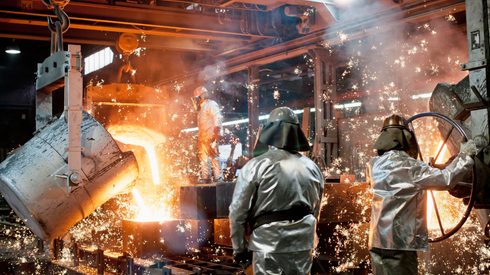Fastmarkets’ price assessment for high-manganese pig iron, export, fob main port Black Sea, CIS was $780-790 per tonne on Thursday, up from $730-780 per tonne last week.
A cargo from Russia was sold to Italy at $850 per tonne cfr, equivalent to $780-790 per tonne fob, sources said.
Another sale to Italy of Russia-origin material was heard at $900 per tonne cfr, although the cargo was to be re-exported from Turkey, sources said.
Fastmarkets’ price assessment for pig iron, import, cfr Italy was $850 per tonne on Thursday, narrowing upward from $800-850 per tonne last week.
Earlier in March demand for Russia-origin pig iron was heard in Turkey, although no deals were reported during the week.
“Steel market demand is not good in Turkey, while the pig iron price is rather high,“ a trader from Turkey said. “We see signs of improvement in Ukraine [and expect that war will end soon], sanctions on Russia will not be removed immediately, but Ukraine will be able to come back with its pig iron tonnage; in such conditions no one wants to be caught by high pig iron orders from any destination.“
Pig iron offers from Russia were reported in the United States at $1,000 per tonne cfr, but no deals were heard. One source said that suppliers may agree to sell at as low as $900 per tonne cfr, $90-100 per tonne below the latest deals on Brazil-origin material, although even this price would not attract buyers, Fastmarkets was told.
Fastmarkets’ price assessment for low-manganese pig iron, export, fob main port Baltic Sea, CIS was $830-840 per tonne on Thursday, up from $805-815 per tonne a week before due to the higher export Black Sea pig iron assessment, while market activity in the Baltic Sea remained muted.
Market sources estimated the average normal premium of the export market from the Baltic Sea over the Black Sea at $50 per tonne.




